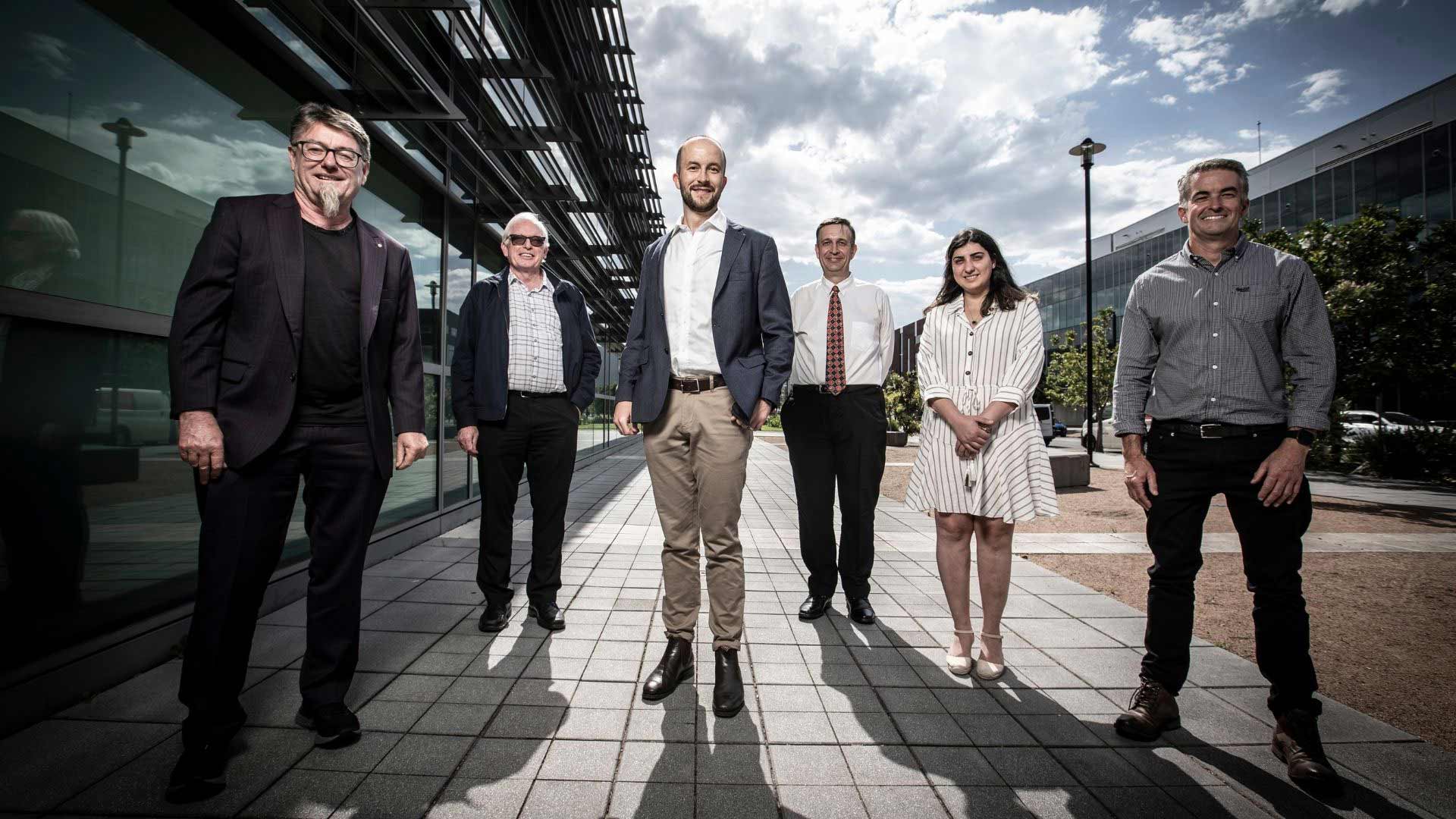December 20, 2021
UOW graphene discovery to fast-track the new energy revolution
UOW intellectual property acquired by next-generation battery materials company Sicona
Lithium-ion (“Li-ion”) batteries are changing the world for the better. The adoption of electric vehicles and renewable energy storage are the future to a healthier planet, however, high costs, short lifespan, and long charging times, have halted the potential of Li-ion batteries.
A research collaboration between electromaterials researchers at the University of Wollongong (UOW) and a private next-generation battery material company, Sicona Battery Technologies (Sicona), may be the game-changer the sector has been waiting for, to create cheaper and more efficient Li-ion batteries in the future, by improving the battery materials that go into the anode as well as the cathode.
Researchers from the ARC Centre of Excellence for Electromaterials Science (ACES), UOW and the Australian National Fabrication Facility (ANFF), led by Professor David Officer and Distinguished Professor Gordon Wallace, have discovered a new form of graphene, known as Edge Functionalised Graphene (EFG).
This form of graphene is both highly conductive and processable. The material is comprised of nano platelets that have excellent potential as a valuable carbon additive for a variety of electrochemical devices.
With its unique properties, EFG has been demonstrated to have high utility in energy storage (both for batteries and supercapacitors), as well as in composites for use as sensors, reinforcement materials or non-metallic conductors. Further applications in biomedical engineering are also under investigation.
“Like many materials, finding a way to exploit the extraordinary properties of graphene in useful applications is critically dependent on making the graphene processable,” Professor Officer said.
“With EFG, we have been able to not only create a process that produces a unique graphene that can be used as a powder, dough, paste or dispersion, but a process that we believe is commercially scalable. Our commercial partners Sicona have recognised this.”
Researchers are now working with Sicona to demonstrate scale-up of production. Sicona have executed binding agreements with UOW for the acquisition of all its intellectual property related to EFG.
Sicona develop next-generation battery materials technology used in the anodes (negative electrodes) and cathodes (posititive electrodes) of Li-ion batteries that enable electric-mobility and storage of renewable energy.
ACES Director Professor Gordon Wallace said: “This material, EFG, was discovered in our labs in 2017 and we have since tackled the fundamental research questions around determining what it actually is and, in parallel, issues that will assist translation, including simplifying the manufacturing process.”
“Taking amazing discoveries out of the research lab and into industry is a complex process. Often, we do not have common interests nor agree on the best way forward. But for different reasons we want to get great technologies to those that can use it, so everyone wins.”
Sicona founder and CEO, Christiaan Jordaan said: “The UOW graphene IP (EFG) will enable us to produce even better quality battery materials through adding EFG to enhance the electrical conductivity of the materials. It’s a simple and highly scalable production process that yields this unique EFG material, we believe it has a bright future in the rapidly growing battery market – cost-effective large-scale synthesis is absolutely key to success.
“Leveraging the highly qualified researchers and the world-class labs at UOW will ensure that we move fast and that we successfully commercialise these inventions. This outcome would not have happened without the continual support we received from UOW Innovation and Commercial Research Unit who guided us along the journey.”
The ’s goal is to see the translation of fundamental research from pilot-scale technology demonstrators to real-world applications. The agreement with Sicona is a perfect example of UOW working with an industry partner to develop revolutionary products.
The technology is patent pending in 12 international jurisdictions and will be further enhanced under a 2-year research and collaboration agreement with UOW focused on process scale-up and application of EFG in batteries as well as a thermal conductivity enhancer.
UOW Deputy Vice-Chancellor (Research & Innovation) Professor Jennifer L Martin said: “The cutting-edge electromaterials discovery by Professor David Officer and Distinguished Professor Gordon Wallace and their team demonstrates UOW’s commitment to tackling today’s most challenging global problems. By facilitating research commercialisation, UOW and ACES are creating knowledge for a better world and creating new manufacturing and industry opportunities for Australia.”
The global lithium battery market is growing rapidly with more than 4TWh (equivalent to 4,000 gigawatt sized factories) of anticipated cell production forecasted to be a $700 billion annual market by 2040.
Picture: (Left-to-right) Gordon Wallace, David Officer, Christiaan Jordaan, George Tomka, Zahra Shahbazian, Andrew Minett
